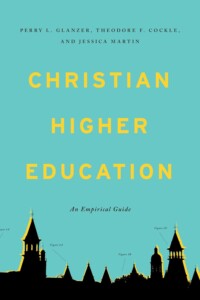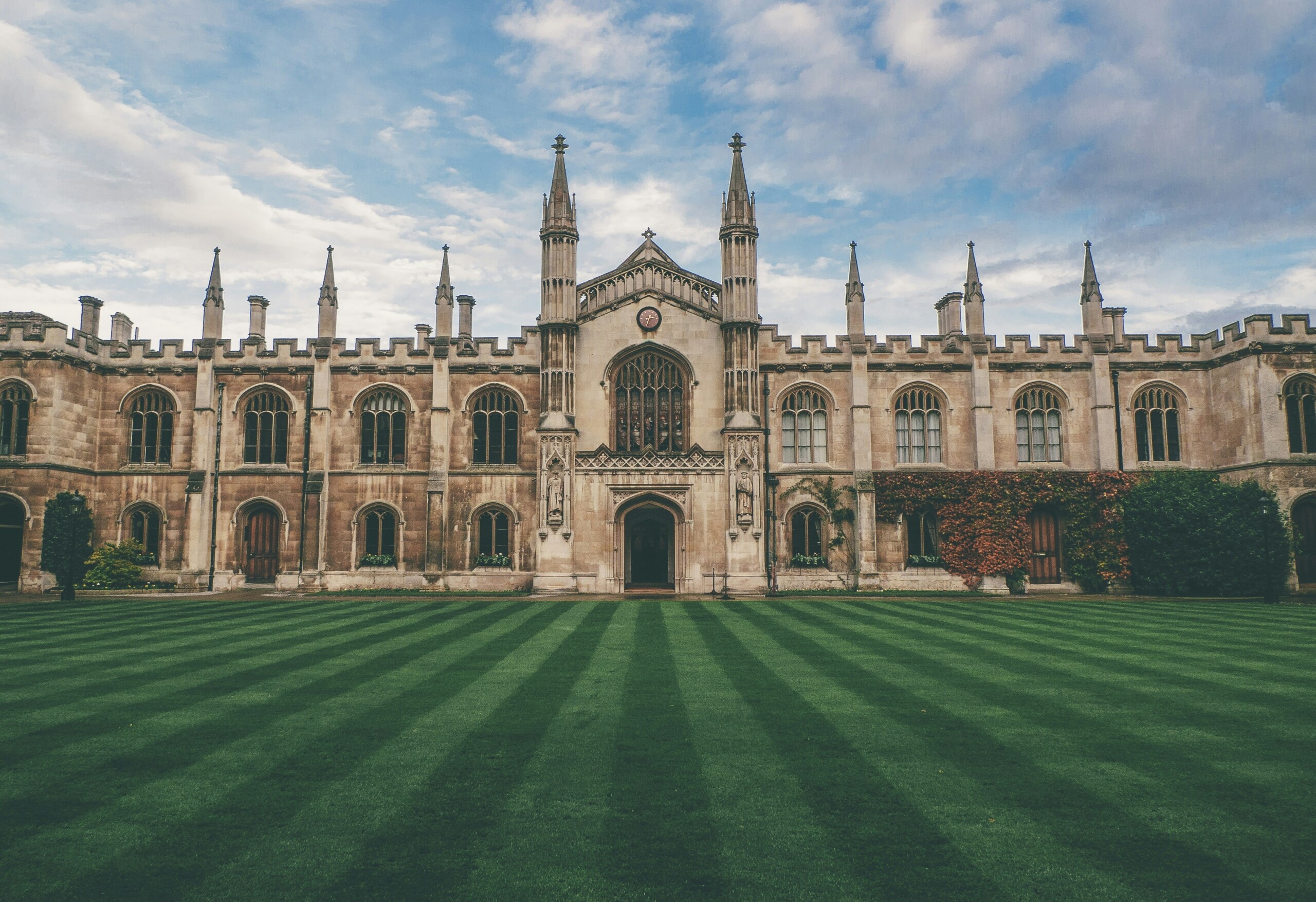
Christian Larger Instruction: An Empirical Guide
Perry L. Glanzer, Theodore F. Cockle, and Jessica Martin
Released by Abilene Christian University Push in 2023
176pp / $22.99 / 9781684264124
This is just the e book for which Iand a lot of othershave been waiting. It is an aim, extensive, and credible assessment of above 500 schools and universities who declare some link with the Christian custom. In simple fact, no a person has attempted a credible evaluation of such a significant range of educational facilities. This e book offers a amazing prospect for the fascinated reader to get an general image of Christian increased training in The us and Canada.
Real truth be told, I couldnt set the e-book down, especially the appendix, which lists and assesses these 500-some faculties. I expended several hours looking up educational institutions that I realized about, and was informed about a lot of that I didnt. The authorsPerry L. Glanzer, Theodore F. Cockle, and Jessica Martinhave carried out a great favor for people intrigued in Christian increased schooling.
This is not to say that their photograph of Christian higher training is rosy. It is not. The mainline Protestant universities are sinking promptly into a secularization in which their connection to their spiritual heritage is not only irrelevant, but one thing to be abhorred. Other traditions fare better but the verdict is extremely blended in fact. One wonders about the upcoming of people who scored at the lessen finish of the scale.
The study proceeds by establishing a sequence of conditions that characterize administrative choices that exhibit and advertise Christian identification in a general public, substantive way. The acronym for the established of criteria is: OCIG, which stands for Operationalizing Christian Identification Information. The guidebook features numerous standards, together with regardless of whether the president of the school need to be Christian (sometimes a member of the sponsoring denomination), whether or not the faculty offers itself as Christian in its about us link, whether or not there is a vice president in demand of spiritual mission, irrespective of whether college students are demanded to show up at chapel or mass, whether or not there is a faith office, whether or not there are demanded classes in religion, and no matter if there are needed Christian behavioral benchmarks. Previously mentioned all, the faculty is assessed as to regardless of whether it hires Christians for its Christian mission. There is a graduated assessment in numerous classes according to how significant every single category is taken. A faculty that needs 4 courses in faith will score better than one particular that requires only one, for illustration. The huge number of conditions are utilized to the colleges so that they have an aim rating at the finish of the prolonged evaluation.
These conditions are gathered from the formal presentation of on their own on their web sites by 537 schools and universities. The optimum rating could be a 27, while the most affordable is . In simple fact, the authors eradicated over 3 hundred colleges that scored . Amazingly sufficient, many of these eliminated experienced Christian names such as Texas Christian or Southern Methodist.
The authors helpfully organize the endeavor of examining so numerous faculties by breaking them down into unique classifications: mainline Protestant Catholic all those that belong to Christian higher schooling businesses these kinds of as the Council for Christian Faculties and Universities traditionally black colleges and universities and low church Protestant institutions. In the appendix they location all the educational institutions into a massive chart in alphabetical buy. The reader can seem up any quantity of universities effortlessly.
In numerous scenarios the results of the assessments are not stunning. The schools and universities of mainline Protestant traditions mostly rating pretty reduced. What was saddening to me as a Lutheran was the collapse of religious relevance between the mainline Evangelical Lutheran Church in The usa educational facilities: my alma mater, Midland College, scored a 3, and the university in which I taught for 30 yrs, Roanoke University, obtained a 2.5. The previous was a strong Lutheran college when I attended it in the late 1950s though the latter had a period of renewal of its churchly link underneath a strongly committed president in the 1980s.
Two Lutheran educational facilities, Valparaiso University (unbiased Lutheran, which the authors misidentify as ELCA) and St. Olaf, were amid the 6 establishments that I evaluated very in my 2001 e-book, Excellent with Soul.I thought they would preserve their soul, but Valparaiso scored 8.5 and St. Olaf an abysmal 5.5. Lutheran Church Missouri Synod schools did considerably better, predominantly due to the fact they call for college to be Christian, if not Lutheran.
It was not astonishing that the recently started Catholic faculties this sort of as Wyoming Catholic Faculty (25!) are solidly religious, but it was a bit exceptional that the Catholic faculties and universities scored somewhat extremely. They have kept the religion far a lot more continually than the mainline Protestant institutions. 20-two schoolsincluding Notre Dame, Villanova, and Catholic College of Americascored 14 or above.
Curiously, the strongest scores were being accomplished by non-denominational faculties, who derive from a selection of reduced-church traditions. Biola (25), Wheaton (22), and Whitworth (20) are the extra properly-recognized colleges of the 34 that scored from 20 to 25. In an exciting distinction, Catholic schools in Canada did not maintain the religion virtually as nicely as the Protestant, primarily minimal-church universities.
The authors aim approach is ground breaking and pretty beneficial, but it does have some shortcomings, as the authors openly admit. Its reliance on administrative decisions that publicly determine the university does not get at what genuinely happens on the floor amount of collegial working experience. What is the information of the necessary classes in religion? Some of the highly-ranked Catholic educational institutions have seasoned outrageous illustrations of orthodox Catholics getting punished for training Catholic doctrine. Nor is there any consideration to the background of the institutions, which reveals incredibly considerably, as James Burtchaell demonstrated in his monumental The Dying of the Gentle. The authors strategy does not get at the ethos or experience, of the institution, which I was ready to do by paying a week at the six institutions I examined in Good quality with Soul.
Having said that, there is much a lot more to commend in the research than to criticize. Its aim approach diminishes the bias that many other authorsincluding myselfhave exercised in their operate. This research is in fact empirical. And it is additional in depth than any previously study could ever have achieved. I propose it very.



